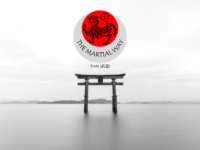Awase-zuki, also known as U-punch, is a punch technique commonly used in the Shotokan Karate style. This technique involves a combination of both the upper and lower body, making it a powerful and effective strike. Advantages Power: The combination of the upper and lower body in this punch technique generates a powerful strike. The use…
Learn more
awase-zuki (U-Punch)


